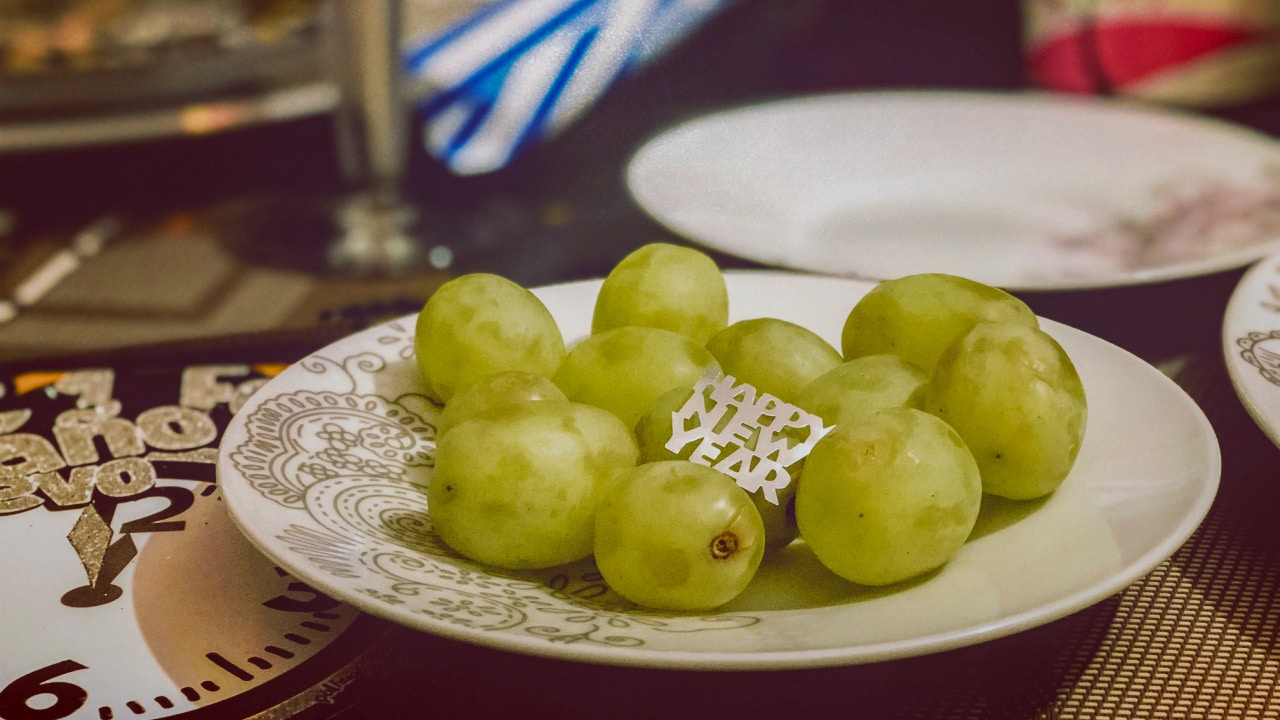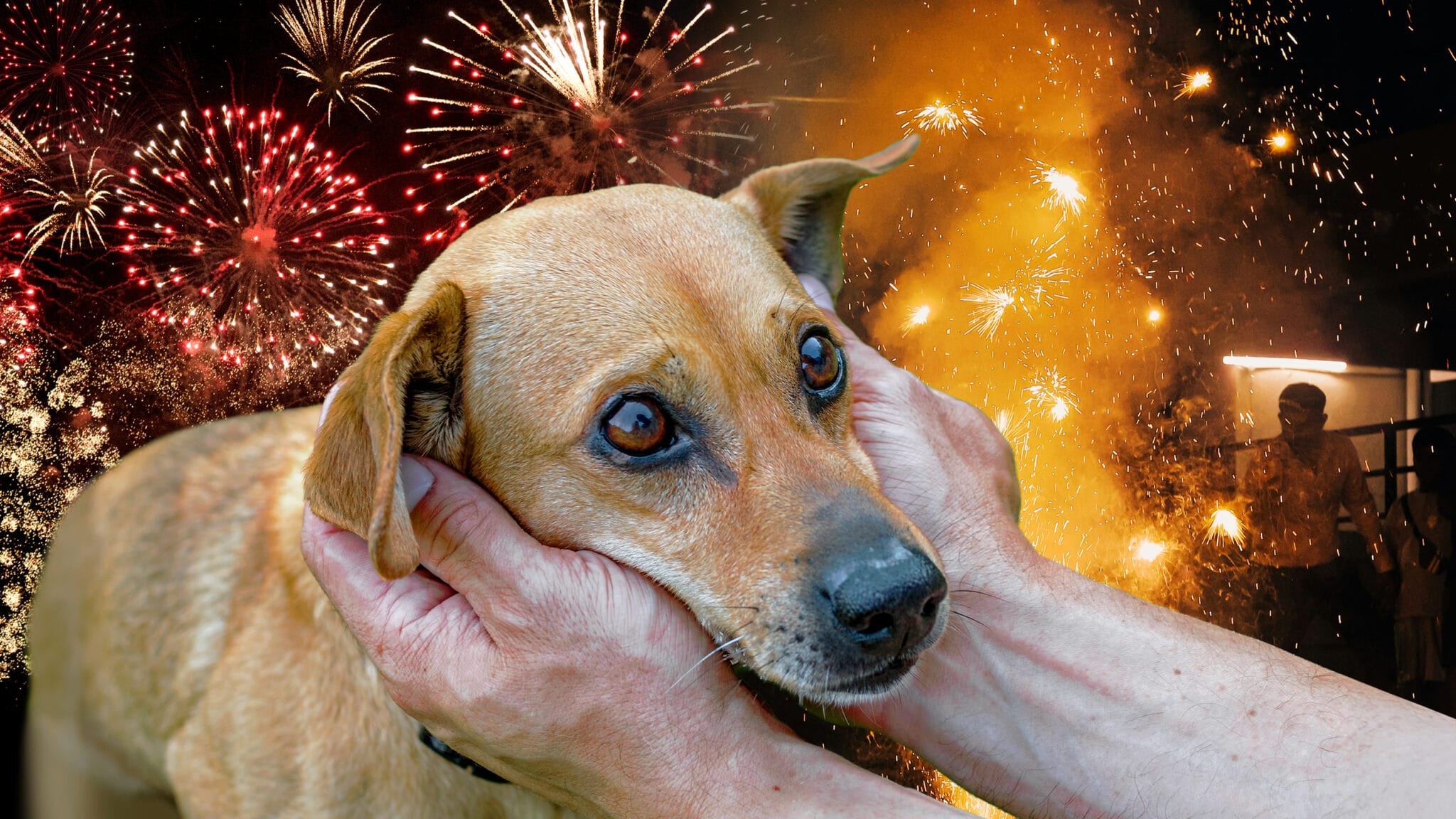What If We Told You Your Cobija San Marcos Might Not Be An Original?
When the weather outside is frightful, there’s nothing better than cozying up in a cobija San Marcos passed down from generation to generation.
Whether decked out in iconic tiger, horse, mountain, or even Virgen María designs, San Marcos blankets are the equivalent of a warm hug from Abuelita herself, and just feel like home.
But, do you know the interesting history behind these blankets and whether yours is an original?
The story behind San Marcos blankets is a long and winding one that starts in the mid-1970s in Aguascalientes, Mexico. As per the Los Angeles Times, the blankets were devised by Jesus Rivera Franco, who took a trip to Spain and learned about acrylic blankets with interesting, eye-catching designs.
Back in Mexico, the businessman attempted to recreate them around 2,000 times before San Marcos blankets were born, named after Rivera Franco’s neighborhood. Even the iconic logo on the tag depicts the entrance of the Jardín de San Marcos, probably the most iconic spot in the Mexican town.
The creator’s brother told the outlet that Rivera Franco’s dream was to “come up with [a blanket] that would last, that every Mexican would love,” and there’s no doubt his wish came true.
The blankets sold like hotcakes from their inception in 1976 all the way into the 1990s, with people loving their reversible designs and high-quality fabrics that were stronger than — well, probably most marriages.
If you have a San Marcos blanket (or several!) you’ve probably received one of them as a present just before leaving for college or moving out for the first time, and you know just how cozy they are.
So what happened? As with most good things, real San Marcos blankets soon came to an end. While at one point, San Marcos had 10 factories and employed 4,000 workers, the businessman decided to transfer over to the real estate market instead and sold the company in 1992 to Mexican corporation Grupo Cydsa.
Over the next decade, the blanket market was taken over by cheaper, lower-quality knockoffs, and the authentic San Marcos company was forced to close up shop for good in 2004.
Sadly, Rivera Franco’s legacy — which started with making serapes when he was 12, all the while inspired by his sombrero-making father — would now become a part of Mexican textile history.
Memory or not, there’s no doubt cobijas San Marcos are an iconic aspect of Mexican culture, and are practically a national institution — only becoming more legendary and nostalgic with each passing year. Every time the chilly fall months roll around, it’s time to bring out your San Marcos, choosing to either drape a lion-emblazoned one on your couch, or one with flying eagles on your bed.
However, your trusty blanket might not be an original and might be a reproduction made after 2004 instead.
So how to know if your cobija is authentic, akin to the ones selling for more than $100 on eBay right now? It’s all on the label.
A real San Marcos blanket made in the Aguascalientes factory has care instructions written in Spanish, and the logo features an arch depicting the entrance of the iconic San Marcos park. “Fake” blankets usually have instructions written in English, and other kinds of logos — but may very well have the name “San Marcos” written on the labels. The more you know!
The important thing is that your trusty, loyal cobija no doubt keeps you warm from around October to February every year, and might even still have that special scent that reminds you of your childhood home. If that’s not value, then we don’t know what is!




